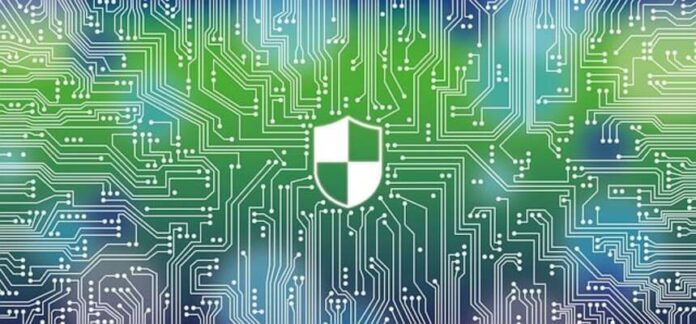The Indian lending landscape is rapidly changing with the digital transformation of fintech lenders, automated recovery systems, and machine learning for credit analytics all playing a major role. These technologies have increased the efficiency of lenders, but at the same time, they have made it more difficult to protect the rights of the borrowers, especially when it comes to unfair or aggressive practices of recovery.
The Growing Complexity of Debt Recovery
The automated systems for debt recovery are using AI to analyze the behaviors of the borrowers, predict defaults, and execute the collection strategies through digital channels like apps and messaging platforms. These systems naturally enhance the number of people they can reach and the speed at which they can do so, but at times they might do so without enough human supervision or taking into account the borrower’s situation, which is then a breeding ground for violations of the Reserve Bank of India (RBI)’s Fair Practices Code, even though it has clear mandates regarding the hours of communication, manner, and privacy of the borrowers. In addition, the ability of the borrowers, especially the vulnerable groups, to recognize the systemic or procedural violations early is often limited due to the lack of legal literacy. The traditional method, which consists of filing grievances after coercion or harassment has occurred, is not sufficient in the rapidly changing digital world. Predictive legal analytics tools offer an advanced solution: they study past complaint patterns and recovery data to pinpoint potential breaches before any damage is done.
Predictive Legal Tools: Proactive Borrower Empowerment
The AI-powered platforms mentioned here conduct an extensive analysis of prior cases and regulations to establish the risk scores and to predict the likelihood of unfair practices or legal weaknesses in a given recovery attempt. One of the main reasons that today’s predictive legal tools and AI-driven analytics are not widely used is that they are considered to be a promising yet an underutilized frontier in restoring balance and protecting borrower rights. In addition to that, the predictive tools can identify the rights violations in real-time, which in turn can lead to quick legal or settlement interventions, thus reducing the stress and costs associated with prolonged disputes.
Enhancing Transparency and Accountability
Borrowers are at a huge disadvantage in terms of information when it comes to negotiating with banks and lenders that are equipped with data and AI. Predictive legal systems can change the game by providing borrowers with intuitive dashboards that confirm the legality of notices or compare settlement offers with previous court outcomes. This transparency serves as a disincentive to predatory practices, as it facilitates the detection of patterns and the creation of audit trails. Banks and other financial institutions can, likewise, integrate compliance checks into their automated systems that are driven by the same technology, thus staying in line with the ethical standards and RBI’s recent guidelines, which advocate for empathy and zero tolerance for harassment.
Ethical and Regulatory Considerations
The use of predictive legal instruments in courts necessitates the application of strong data privacy measures. Borrower information will remain anonymous and will not be allowed to be misused as per the regulations of India’s Digital Personal Data Protection Act and the developing finance laws. Besides, there will be a need for AI systems to be open to public scrutiny, to undergo regular bias audits, and to be made in such a way that they would only assist legal resourcing, not to be a substitute for them. Training in ethics for collection agents should be mandatory. Monitoring of interactions between agents should be conducted in real-time, and penalties for breaches should be among the strongest in the industry regarding technology use.
A Vision for Fair Debt Recovery
The convergence of law and technology with finance has the power to change the whole scenario positively. In the process of creating the digital debt recovery environment that is respectful to borrowers, the stakeholders will be able to rely on predictive analytics, machine learning, and legal intelligence to assist them in building such a landscape that is powerful, equitable, and responsible. Technological advancement should not be a means of creating imbalances in power but rather a way of bringing about justice. Borrowers have a right to be equipped with tools that will alert them about the danger well in advance, map out their alternatives very straightforwardly, and support them in having equitable conversations. Lenders and regulators, on the other hand, will receive the advantages of transparency and better monitoring of compliance.
A step forward along the road to a digital debt recovery environment that is respectful to the borrowers will require a collaborative effort of all the participants, including fintech innovators, legal experts, regulators, and borrower rights advocates. Predictive legal tools will not be seen as merely technical solutions; they will be looked upon as the main consumer rights defense in India’s digital credit age.

The article has been written by Ashwini Kumar, Advocate & Founder of My Legal Expert (MLE)









